There's something magical about slicing into a perfectly baked sponge cake and watching it spring back under your fingertips. This classic sponge cake recipe has been my go-to for years, and today I'm sharing exactly how you can make it at home with ingredients you probably already have in your pantry. Whether you're a beginner baker or looking to perfect your technique, this sponge cake will become your new favorite base for birthday celebrations, afternoon tea, or layered desserts. The best part? You don't need any fancy equipment or hard-to-find ingredients to achieve that bakery-style texture everyone loves.
What makes this sponge cake recipe truly special is its versatility and foolproof method. I've tested this recipe countless times, adjusting ratios and techniques until I found the perfect formula that works every single time. The result is a light and fluffy sponge cake with a tender crumb that's neither too dry nor too dense. Trust me, once you master this basic sponge cake, you'll find yourself making it for every occasion; it's that good!
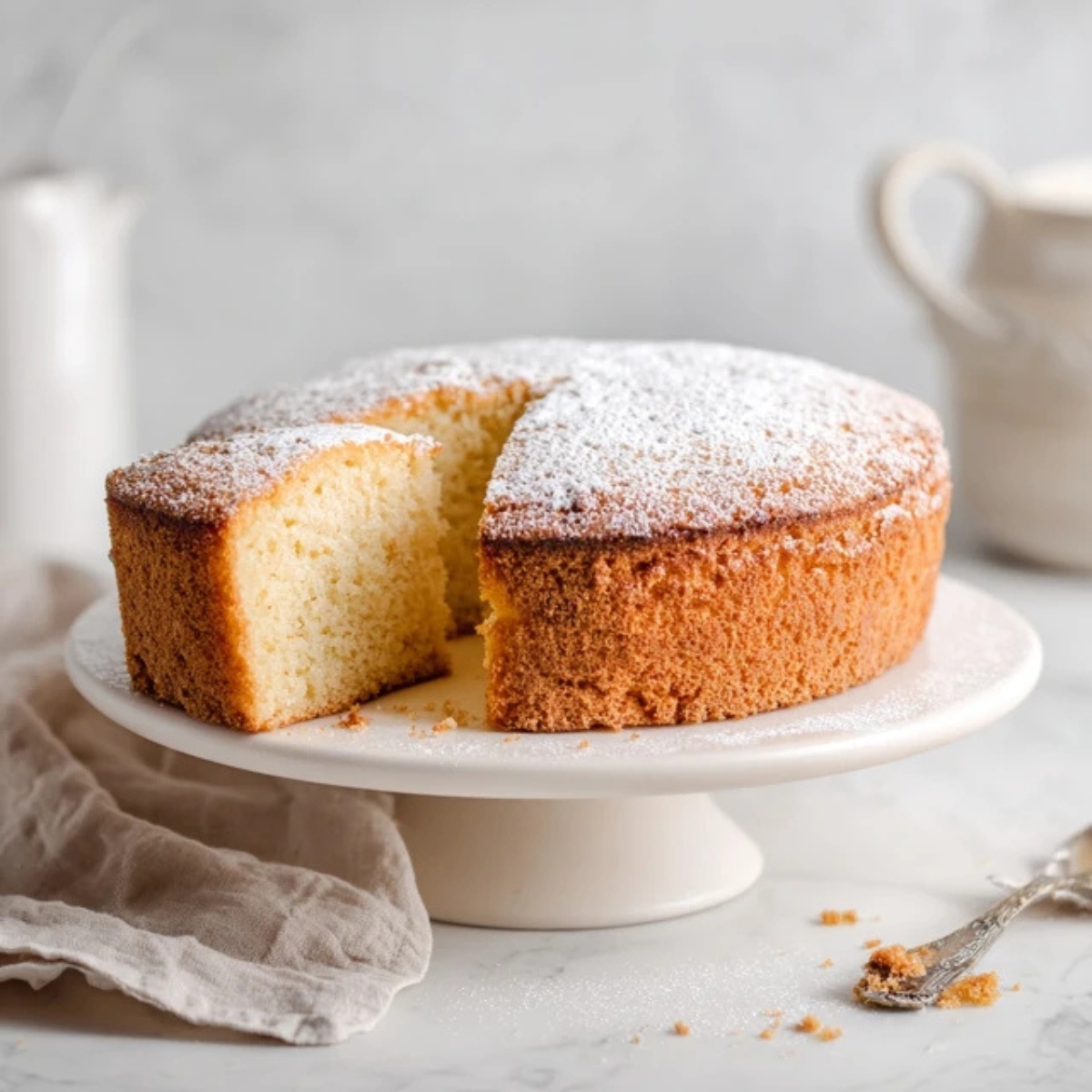
Background & Why This Recipe Stands Out
The beauty of a traditional sponge cake lies in its simplicity. Unlike heavy butter cakes or complicated French pastries, this sponge cake recipe relies on properly whisked eggs to create its signature airy texture. The key is incorporating air into the eggs through vigorous whisking, which creates tiny bubbles that expand during baking. This technique has been used by bakers for generations, and it's the secret behind that perfect rise and soft texture we all crave.
What sets this sponge cake apart from other recipes is the careful balance of ingredients and the straightforward method that guarantees success. I've incorporated tips from classic British baking traditions while making the process accessible for home bakers. This recipe produces a moist sponge cake that's sturdy enough to hold frosting and fillings, yet delicate enough to melt in your mouth. Whether you're making a victoria sponge cake with jam and cream or using it as a base for elaborate layer cakes, this versatile recipe will exceed your expectations every time.
Jump to:
Ingredients
For the Sponge Cake
- Eggs (room temperature)
- Granulated sugar
- Cake flour (or all-purpose flour)
- Baking powder
- Salt
- Pure vanilla extract
- Whole milk (room temperature)
- Unsalted butter, melted and slightly cooled
Optional Add-ins
- Lemon zest (for lemon sponge cake)
- Cocoa powder (replace 2 tablespoons flour for chocolate version)
- Almond extract (for enhanced flavor)
Ingredient Notes: Using room temperature eggs is crucial; they whip up better and create more volume. If you're making a gluten-free sponge cake, substitute with a 1:1 gluten-free baking flour blend. For an eggless sponge cake, you can use aquafaba (chickpea liquid) as a substitute, though the texture will be slightly different.

See recipe card for quantities.
Instructions
Step 1: Prepare Your Baking Setup
- 1. Preheat your oven to 350°F (175°C). Position the rack in the center of your oven for even heat distribution.
- 2. Grease two 8-inch round cake pans with butter or cooking spray, then line the bottoms with parchment paper. Dust lightly with flour and tap out the excess.
- 3. Sift together the cake flour, baking powder, and salt into a medium bowl. Set aside; this ensures no lumps in your sponge cake batter.
- 4. Prepare a large mixing bowl for whisking eggs and have all your ingredients measured and ready. Organization is key to success!
Step 2: Whisk the Eggs to Perfection
- 1. Crack the eggs into a large, clean mixing bowl. Using an electric mixer on medium speed, beat the eggs for about 1 minute until they start to foam.
- 2. Gradually add the sugar while continuing to beat. Once all sugar is added, increase speed to high and whisk for 5-7 minutes until the mixture is pale yellow, tripled in volume, and falls in thick ribbons.
- 3. Add the vanilla extract and mix for another 30 seconds. The mixture should be fluffy and hold its shape when you lift the beaters.
- 4. This step is critical for your sponge cake; the whisked eggs create the structure and lightness that defines a perfect sponge.
Step 3: Fold in the Dry Ingredients
- 1. Sift the flour mixture over the egg mixture in three additions. Don't dump it all at once; gradual folding prevents deflating the batter.
- 2. Using a rubber spatula, gently fold the flour into the eggs using a figure-eight motion. Cut through the center, scrape along the bottom, and bring the spatula up along the side.
- 3. Fold just until no flour streaks remain; overmixing will result in a dense cake. You should still see some air bubbles in the batter.
- 4. Be patient and gentle; this folding technique preserves all the air you worked hard to incorporate during whisking.
Step 4: Add Butter and Milk
- 1. In a small bowl, combine the melted butter and milk. Mix a large spoonful of the cake batter into this mixture to temper it.
- 2. Pour the butter mixture back into the main batter. Fold gently but thoroughly until just combined; about 10-15 strokes.
- 3. The batter should be smooth, thick, and glossy. Don't worry if you see a few small lumps; they'll bake out.
- 4. Work quickly during this step to prevent the batter from losing volume; the longer it sits, the more air escapes.
Expert Cooking Tips
Temperature Matters
Always use room temperature ingredients, especially eggs and milk. Cold eggs don't whip up as well and won't incorporate enough air for that signature light texture. Take your eggs out of the refrigerator 30-60 minutes before baking. If you're in a hurry, place them in a bowl of warm water for 5-10 minutes.
The Ribbon Test
When whisking eggs and sugar, you'll know they're ready when the mixture falls from the beaters in thick, slowly dissolving ribbons. This "ribbon stage" means you've incorporated enough air. If the ribbons disappear immediately, keep whisking for another minute or two.
Folding Technique
- Use a large rubber spatula for maximum efficiency
- Cut straight down through the center of the batter
- Scrape along the bottom of the bowl
- Bring the spatula up along the side and fold over the top
- Rotate the bowl a quarter turn and repeat
- Work quickly but gently; you want to preserve air bubbles
Oven Tips for Success
Don't open the oven door during the first 20 minutes of baking. The sudden temperature change can cause your sponge cake to collapse. Also, every oven is different; if your cake browns too quickly, tent it loosely with aluminum foil. Use an oven thermometer to ensure accurate temperature.
Testing for Doneness
Your sponge cake is ready when it's golden brown, springs back when lightly touched, and a toothpick inserted in the center comes out clean or with just a few moist crumbs. The cake should also start pulling away slightly from the sides of the pan.
Cooling is Crucial
Let the cake cool in the pans for 10 minutes before turning out onto a wire rack. Cooling too quickly or too slowly can affect texture. Once removed from pans, cool completely before frosting or filling; warm cake will cause frosting to melt and slide off.
Recipe Variations & Substitutions
Flavor Variations
- Lemon Sponge Cake: Add 1 tablespoon of fresh lemon zest to the egg mixture and replace vanilla with lemon extract. This creates a bright, citrusy version perfect for summer.
- Chocolate Sponge Cake: Replace 3 tablespoons of flour with unsweetened cocoa powder. Sift the cocoa with the dry ingredients for even distribution. The result is a light chocolate sponge cake that's not too sweet.
- Coffee Sponge Cake: Dissolve 1 tablespoon of instant coffee granules in the milk before adding to the batter. This subtle coffee flavor pairs beautifully with chocolate frosting or cream filling.
Dietary Substitutions
- Lower Sugar Option: You can reduce sugar to ¾ cup, though the cake will be less sweet and may not rise quite as high. Sugar helps stabilize the eggs and create structure.
- Dairy-Free Version: Replace butter with coconut oil and use any plant-based milk. The texture will be slightly different but still delicious.
- Oil-Based Sponge Cake: Swap melted butter for a neutral oil like vegetable or canola oil. This creates an even moister texture and the cake stays soft longer.
Different Pan Sizes
This sponge cake recipe is flexible! Use a 9x13 inch pan for a sheet cake (bake 25-30 minutes), a bundt pan for an elegant presentation (bake 35-40 minutes), or make cupcakes (bake 18-20 minutes). Always adjust baking time based on your pan choice.
Equipment Recommendations
- Electric Mixer (Stand or Hand): Essential for achieving the proper volume when whisking eggs; while you can whisk by hand, it takes 15-20 minutes of continuous whisking
- 8-Inch Round Cake Pans (Two): Standard size for layer cakes; aluminum pans conduct heat evenly for consistent results
- Fine-Mesh Sieve: For sifting flour and removing lumps, which prevents dense spots in your sponge cake
- Rubber Spatula: Wide, flexible spatulas are best for gentle folding without deflating the batter
- Parchment Paper: Prevents sticking and makes removing cakes from pans effortless
- Wire Cooling Rack: Allows air circulation around the cake for even cooling
- Mixing Bowls: Large bowls give you space to fold without making a mess; glass or metal bowls work best
Storage & Meal Prep Tips
Room Temperature Storage
Store your unfrosted sponge cake wrapped tightly in plastic wrap at room temperature for up to 2 days. Keep it in a cool, dry place away from direct sunlight. The cake actually tastes better the next day as the flavors develop and the texture settles.
Refrigerator Storage
If your sponge cake is filled or frosted with dairy-based ingredients like buttercream or whipped cream, refrigerate it in an airtight container for up to 4 days. Bring to room temperature 30 minutes before serving for the best texture and flavor.
Freezing Instructions
Unfrosted sponge cake layers freeze beautifully for up to 3 months! Wrap each layer individually in plastic wrap, then aluminum foil. Label with the date. To thaw, leave wrapped at room temperature for 2-3 hours. Never microwave; it makes the cake gummy.
Make-Ahead Tips
You can prepare this sponge cake up to 2 days in advance if storing properly. For less stress during events, bake the layers, cool completely, wrap well, and refrigerate. Frost and decorate the day of serving.
Preventing Dryness
The enemy of sponge cake is drying out. Always wrap completely cooled cake tightly; exposure to air is what causes staleness. If your cake does dry out slightly, brush layers with simple syrup before frosting to restore moisture.
The Secret That Transforms Everything
Here's what professional bakers know that home cooks often miss: the secret to an incredibly moist and flavorful sponge cake is brushing the layers with simple syrup before assembly. Mix equal parts sugar and water, heat until sugar dissolves, and add a splash of vanilla or any extract you like. Brush this over your cooled cake layers before adding frosting or filling. This technique keeps your sponge cake fresh for days and adds a subtle sweetness that enhances the overall flavor. It's the difference between a good cake and an unforgettable one!
Another game-changing tip is letting your sponge cake rest overnight before serving. I know it's tempting to dig in right away, but wrapped cakes develop better flavor and texture as they settle. The crumb becomes more uniform, the flavors meld together, and the cake actually becomes easier to frost. Trust me on this; patience pays off with this sponge cake recipe!
FAQ
What is the secret to a good sponge cake?
The secret to a good sponge cake lies in properly whisking the eggs and sugar to the ribbon stage, which incorporates maximum air for a light, fluffy texture. Gentle folding of flour and avoiding overmixing are equally important to maintain that airy structure. Using room temperature ingredients and not opening the oven door during baking also ensures success.
What are the ingredients of sponge cake?
A classic sponge cake requires just six basic ingredients: eggs, sugar, flour, baking powder, salt, and vanilla extract. Some recipes include a small amount of butter and milk for added moisture and richness. The simplicity of the ingredient list is what makes sponge cake so accessible and beloved worldwide.
How is sponge cake different from regular cake?
Sponge cake differs from regular cake primarily in its structure and method. A traditional sponge cake relies heavily on whisked eggs for leavening and has little to no butter, making it lighter and airier than regular butter cakes. The texture is more delicate with a finer crumb, and it's less sweet than typical American-style cakes. This makes sponge cake perfect for layering with fillings and absorbing flavored syrups.
What is sponge cake called in America?
In America, sponge cake is sometimes called "yellow cake" or simply "sponge cake." However, American versions often include more fat (butter or oil) than traditional British or European sponge cakes. What Americans call "angel food cake" is actually a type of sponge cake made with only egg whites, while "chiffon cake" is an American variation that includes oil.
Your Baking Journey Starts Here
Mastering this classic sponge cake recipe opens up a world of baking possibilities. Whether you're layering it with jam and cream for a traditional victoria sponge cake, using it as a base for elaborate birthday cakes, or simply enjoying a slice with afternoon tea, this versatile recipe will serve you well for years to come. The light and fluffy texture combined with the delicate sweetness makes this sponge cake the perfect canvas for your creativity.
Now that you've learned the secrets to baking the perfect sponge cake, why not expand your baking repertoire? Try making a delicious Honey Cake Recipe for a different flavor profile with the warmth of honey and spices. Or challenge yourself with Japanese Cotton Cheesecake Cupcakes Recipe; they share the same light, airy texture philosophy as this sponge cake but with a creamy cheesecake twist. Both recipes will complement your newly acquired sponge cake skills beautifully. Happy baking, and remember: practice makes perfect, but this sponge cake is so forgiving that even your first attempt will be delicious!
With love from my kitchen to yours,
Taylor Monroe
Related
Looking for other recipes like this? Try these:
Pairing
These are my favorite dishes to serve with this sponge cake recipe:

Sponge Cake Recipe
Equipment
- Electric mixer For whisking eggs to the ribbon stage
- 8 inch round cake pans Line with parchment for easy release
- Fine-mesh sieve To sift dry ingredients for a lighter texture
- Rubber spatula For gently folding batter
- Wire cooling rack Ensures even cooling
- Mixing bowl set Use large bowls for whisking and folding
Ingredients
- 4 large eggs Room temperature
- 1 cup granulated sugar Adds sweetness and structure
- 1 cup cake flour Or all-purpose flour, sifted
- 1 teaspoon baking powder For a gentle rise
- ¼ teaspoon salt Enhances flavor
- 1 teaspoon vanilla extract Adds aroma and warmth
- 2 tablespoon whole milk Room temperature
- 2 tablespoon unsalted butter Melted and slightly cooled
- 1 tablespoon lemon zest Optional: for lemon sponge cake
- 2 tablespoon cocoa powder Optional: replace flour for chocolate version
- ½ teaspoon almond extract Optional: enhances flavor depth
Instructions
- Preheat oven to 350°F (175°C) and prepare two 8-inch pans with parchment.
- Sift flour, baking powder, and salt; set aside.
- Whisk eggs and sugar until pale, tripled in volume, and forms ribbons.
- Gently fold dry ingredients into egg mixture in three additions.
- Combine melted butter and milk; fold into batter carefully.
- Divide batter evenly between pans and bake 25 minutes or until golden.
- Cool 10 minutes in pans, then transfer to a wire rack to cool completely.

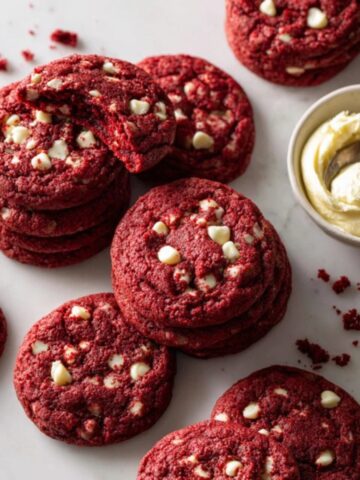
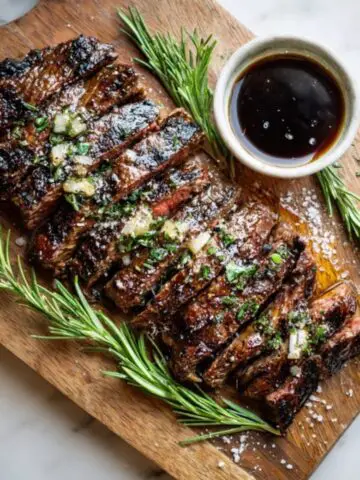
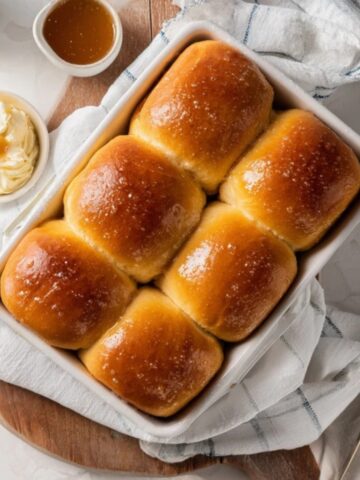
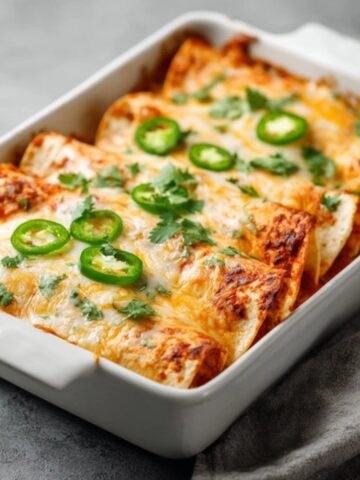
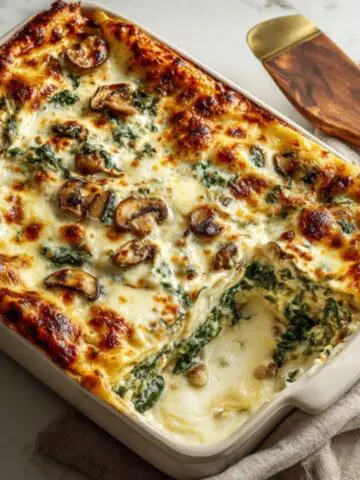
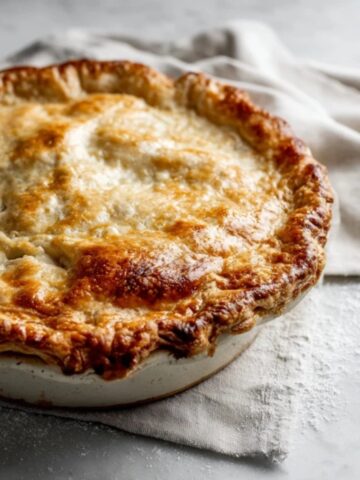

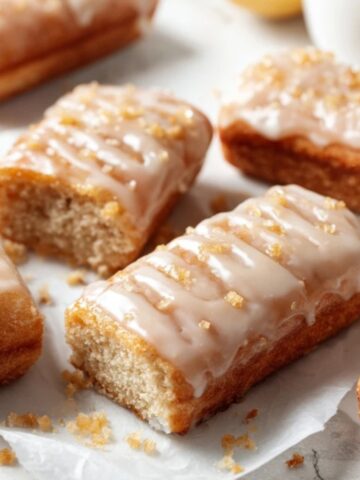
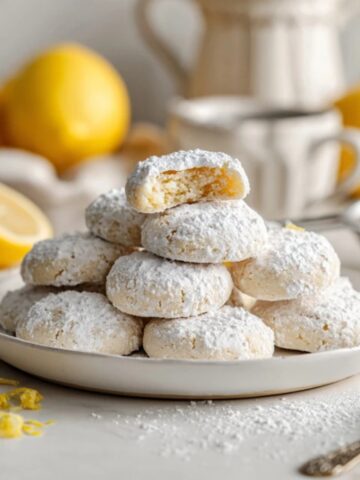
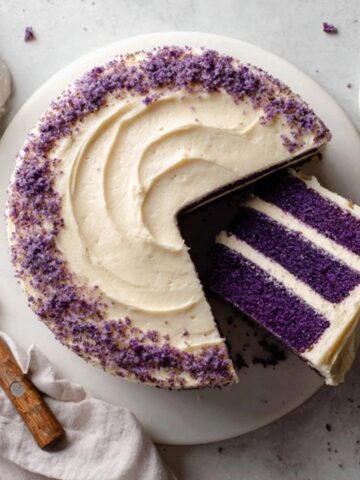
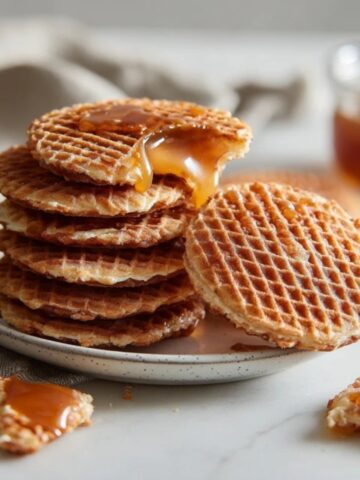
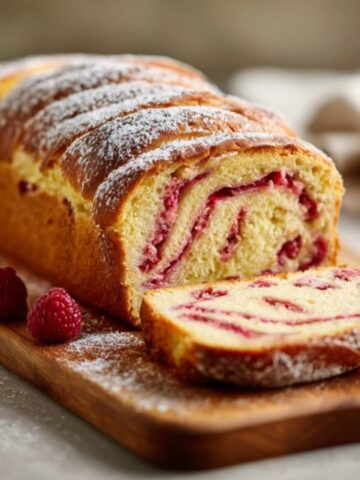
Leave a Reply